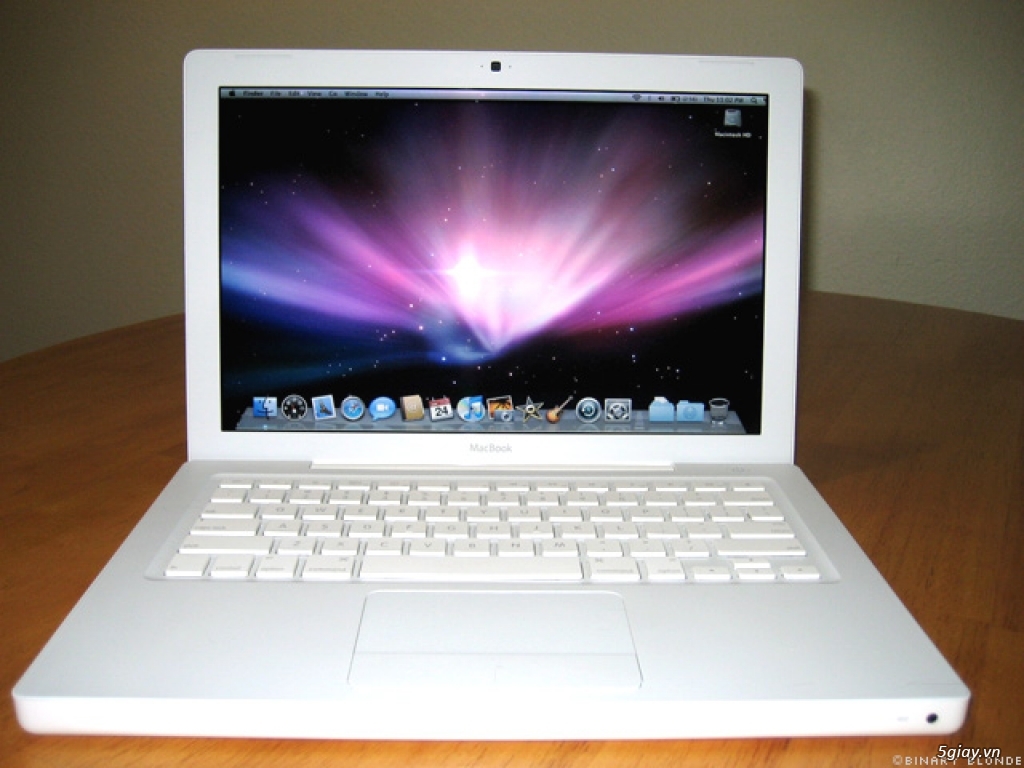
For the last 15 months I’ve been using a second-hand laptop purchased on ebay for £200 with a 1.3 GHz Athlon processor, 256MB RAM and a 20GB hard drive. I first installed Mandriva Linux 10.0 and owing to persistent power management problems I later tried the Ubuntu/Debian-based Simply Mepis distribution. With a little tinkering I managed to get all the essential software packages and Wi-Fi connectivity up and running. Yes, Linux offers a plethora of office productivity, programming and Web development, graphic design and photo editing programmes. Offerings such as Open Office 2.1 for word processing, spreadsheets, diagrams, presentations and databases compatible with Microsoft-centric formats, the Gimp 2.2 for photo editing, Bluefish for web development, KMail for e-mail and Inkscape for vector drawing should meet all but the most demanding or fastidious needs. Although the second distro had superior power management, the persistent burring of the fan, short battery life and poor design of the underlying hardware with a vent on the underside, i.e. problems that would occur with any operating system, prompted me to aspire to better. Should I get the latest 15″ Dell laptop for just £499 pre-installed with Windows XP Home and then install Linux as a secondary operating system or should I go for a Lenovo laptop now available from Linux Emporium. for £599 pre-installed with Ubuntu 6.0.6 but lacking support for the machine’s inbuilt camera and card reader? But as an IT contractor I can’t afford to have a machine prone to failure, overheating, viruses (plaguing mainly Windows-laden machines) and providing problematic interoperability with networks I may have to hook up with at work (still an issue with Linux), but I could not bring myself to buy a top of the range model pre-installed with Windows, although owing to its inescapable pervasiveness this is the operating system I’ve used most over the last decade. I’d learn nothing new and be divorced from the Unix world relying tools like Putty to gain ssh (secure shell) access to remote Linux servers.
Instead extra earnings over the last year and a sense of inferiority led me to buy my first Mac. I shunned Macs many years ago because of their prohibitive cost and the limited availability of freeware and pirated software. Why buy a Mac and then get Microsoft Office for the Mac to interoperate with everyone else when you could easily install the same software for free on Windows, albeit illegally. Now with the advent of product activation, viable open-source alternatives and the emergence of Web 2.0 applications, enabling us to do most of our work via a browser, all that has changed. NeoOffice works a treat on the Mac, starting in 10 seconds on a MacBook Basic with a 2GHz Dual Core 2 processor, 1GB RAM. TextEdit will display those bloated Word attachments in seconds and the XAMPP suite lets me develop and test your PHP and Python applications with Apache and MySQL 5. X 11 and Fink let me install most open-source Unix/Linux software, while watching movies, listening to music or editing photographs in i-Photo or the Gimp. Should I ever aspire to producing professional Flash applications or refined photo-imaging, then the Adobe Creative Suite is available for the Mac too. After using Linux at home for two years (I have a desktop machine with Linux as well), the automation, responsiveness and silence of the latest MacBooks impress. I had read reports of overheating MacBooks, though unlike some Dell models none have actually caught fire. Yet in a week of solid use, mine has remained refreshingly cool and the relatively quiet fan only runs for very brief interludes, if at all. So if you can afford the extra £200 to £300 price mark-up and do not want any hassle with drivers (an issue that still plagues Linux users despite huge advances and the wonders of Synaptic in Ubuntu), anti-virus tools (mainly an issue for Windows users) etc, then a MacBook is a fairly safe choice and initial testing with friends and relatives would indicate that people adapt fast to the Mac way of life. I still use a 2-button mouse with a scroll wheel and occasionally confuse the command, option and control keys, but for now this MacBook indulgence will be my primary workhorse, but I will continue to keep a keen eye on developments in the Linux world and use many of the same open source apps in X11 (Bluefish, Scribus, The Gimp to name but a few), the only viable OS for the proposed $100 laptop.